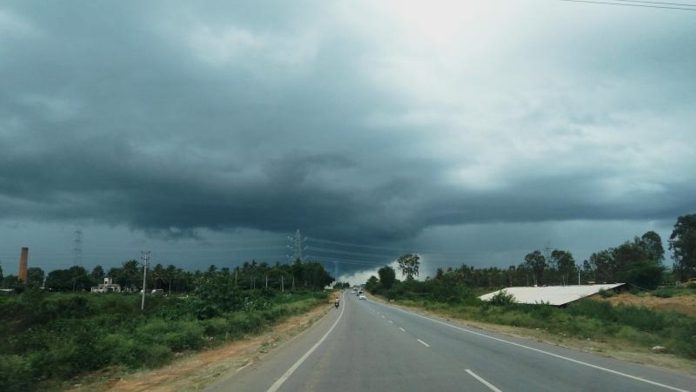- The country’s predominately agricultural economy relies on the monsoon to initiate planting activities along its entire length and width. It is unnecessary to elaborate on how important the southwest monsoon is to the country’s vital food production. It is also a well-known truth that the Indian economy suffers when the monsoon is delayed in starting. The general populace excitedly anticipates the arrival of much-needed comfort following the taxing summer months if officials base their plans on the monsoon patterns.

PC: Reuters
- Who wouldn’t appreciate the first raindrops arriving as a welcome respite to deluge the dry regions and usher in colder weather? Yet, for the bulk of Indian city inhabitants, monsoon also brings unexpected difficulties when public services start to deteriorate due to poor infrastructure. In other words, when the municipalities’ insufficiency is seen, what should have been a nice monsoon experience for the inhabitants transforms into suffering everywhere. We are aware of how the monsoon winds and a western disturbance combined to cause the tremendous rainfall across north India that, in two days, eliminated the country’s monsoon deficit.
- The devastating flooding in Uttarakhand in 2013 was caused by the combination of two meteorological systems. Regrettably, this time, death and destruction have reached Delhi from Himachal. In Himachal and Delhi, the poshest areas were submerged as bridges, roads, and homes were washed away in catastrophic images. Keep in mind how Bengaluru’s flooding agony during the most recent monsoon season made headlines for all the wrong reasons. Rains are becoming more intense due to climate change, which is real. But, it is total eyewash for authorities to use this as an excuse for residents locked in a loop of miserable weather caused by rain. Take a look at just two examples to see how local governments have failed to even accomplish essential 20th-century jobs, far from effectively combating current climate concerns.

PC: Hridayesh Joshi
- One, despite repeated disasters that ought to have served as a wake-up call and despite all expert advice, the Himalayan republics continue to follow the plains’ growth model. Cities like Dehradun are receiving concerns about the declining quality of infrastructure projects, especially drain work. Even when there are severe weather warnings, hill stations are permitted to become dangerously overrun with tourists. Two, the news item about municipal corporations being late in desilting drains in time for the rains ought to be history by now. Because drains in modern towns should be kept in good functioning order throughout the year rather than allowing them to fill up with trash and building debris before the monsoon season arrives.
- This is a stupid approach given how unpredictable the monsoon has grown and how important it is to use it to replenish aquifers that are depleted the rest of the year. Civic indifference needs to be addressed by the authorities with diligence and time constraints to accomplish all such steps that assure proper preparedness to handle weather whims.






